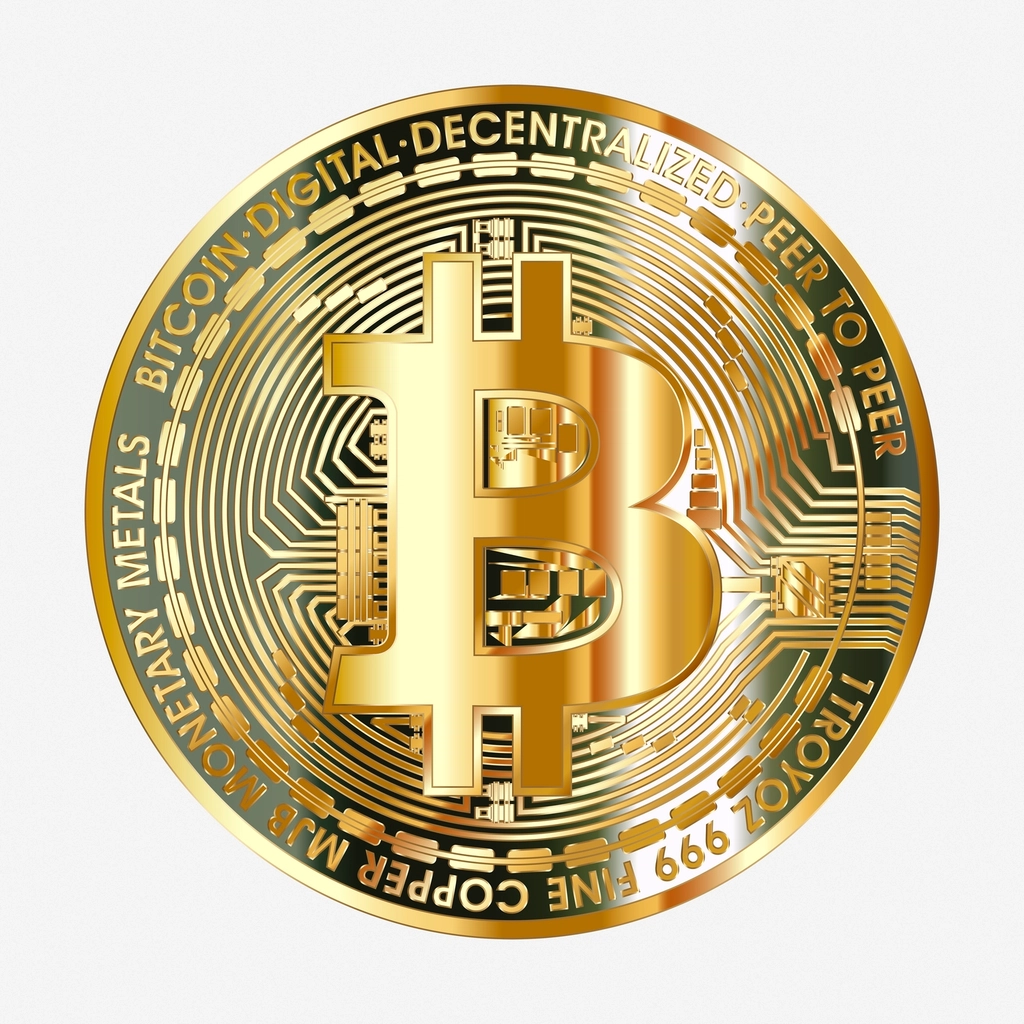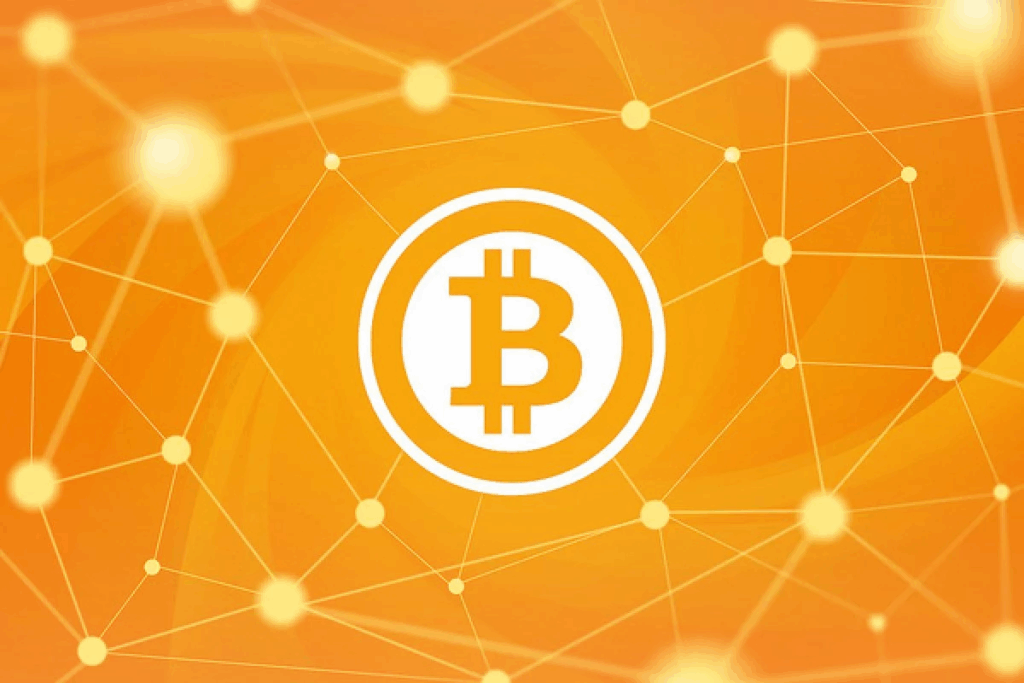In this blog, I want to talk about the Advantages of Cross-Chain DeFi, which fundamentally integrates multiple blockchain networks for a smoother decentralized finance experience.
Cross-chain DeFi improves liquidity and reduces transaction costs while undermining interoperability barriers and offering a myriad of investment opportunities. Let’s look closely at how it changes the face of DeFi to become more flexible and scalable.
Key Points & Benefits Of Cross-Chain Defi List
| Benefit | Key Point |
|---|---|
| Interoperability | Enables assets and data to move seamlessly across different blockchains. |
| Greater Liquidity | Combines liquidity pools from multiple chains, improving trading efficiency. |
| Diversified Investment Options | Users can access DeFi products on multiple chains from one platform. |
| Reduced Transaction Costs | Users can choose chains with lower gas fees for more affordable transactions. |
| Enhanced User Experience | Simplifies DeFi access by integrating multiple networks into a single UI. |
| Risk Management | Allows for portfolio diversification across chains to reduce exposure. |
| Higher Yield Opportunities | Users can find the best APYs across various DeFi protocols and chains. |
| Cross-Chain Lending & Borrowing | Enables collateral on one chain and loans on another. |
| Increased Protocol Composability | Projects can interact with and leverage features of multiple chains. |
| Boosts Ecosystem Growth | Encourages innovation and collaboration across blockchain networks. |
10 Benefits Of Cross-Chain Defi
1.Interoperability
Communication and transactions using Cross-chain DeFi can now be done on different blockchain networks, which uses multi chain interopability.
This solves the problem of infinities choke points where assets and protocols are trapped on a singular chain as cross-chain enables users to transfer tokens, use dApps, interact with smart contracts on Ethereum, Binance Smart Chain, Avalanche etc.

Reducing isolation between these networks leads to less fragmentation, greater flexibility of use cases and improved access to serviced Defi Leading towards a unified and stronger decentralized economy.
2.Greater Liquidity
Defi liquidity gaps expand across various blockchains hence improving trading pools depth even further. Instead of liquidifying chains separately, users can draw liquidity from shared resources that span different networks
This eases high volume slippage during trade exec ution especially during busy periods while protocols gain better capital efficiency giving us improved prices along lowered volatility lowers Frank teammakerers and reduces sword hiss multiple themes ceeq emphers

In return Cross chain DeFi reduces complexity across chains supporting vast complex financial products used multi layer ecosystemless layers appscross deep relevant any existing rebuilding resilient ropes ledgers
3.Diversified Investment Options
Through cross-chain technology, users can access DeFi protocols on different blockchains, thus broadening the range of investment options available to them. Users no longer have to limit themselves to staking or yield farming on a single network.
They are able to partake in an entire suite of DeFi products including lending, derivatives, liquidity mining, and even NFTs across multiple chains.

This improves risk management and exposure to high-performing assets from anywhere in the world.
Investors can create diversified portfolios with the best protocols and tokens from each blockchain ecosystem, maximizing returns while reducing reliance on any single chain’s performance.
4.Reduced Transaction Costs
Removing boundaries within DeFi lets users select blockchain networks that have lower fees for transactions which helps reduce the total cost of interacting with DeFi protocols.
During Ethereum’s peak congestion times for instance, users can do business on Arbitrum, Polygon or Avalanche which provide similar services at cheaper and faster rates.

Cross-chain asset bridging allows users to optimize their transaction routes thereby significantly cutting down costs for tedious tasks as traders and developers as well as routine tasks such as yield farming where users perform multiple transactions regularly
5.Enhanced User Experience
DeFi platforms that work across blockchains improve user engagement with a single service window to access multiple blockchains.
Services that require wallet switching, moving through different networks, or token management are now resolved with a single click.

For solution-integrated services, users can move their assets, invest, and earn yields seamlessly across chains.
This ease of use improves the experience for seasoned users while welcoming novice users. Ultimately, adoption becomes simpler and more accessible.
6.Risk Management
Cross-chain DeFi diversification enables better asset allocation over several blockchains which further enhances risk distribution among users. Users would opt-in to a network suffering from congestion, high fees, or vulnerabilities; however decentralizing capital helps counter exposed ceiling risks.
Yield farming on multiple chains can also eliminate smart contract risks or network failures that occur on one platform alone. In addition, protocols can cross-chain insure, hedge, and monitor assets enhancing overall safety and DeFi’s protection from systemic collapse alongside saving centralized institutions from canceling their accounts.

This approach successfully maintaining total distributed failure will only strengthen user confidence while enhancing DeFi’s long-term stability along with shared control without central governance contribution—
7.Higher Yield Opportunities
Because users have access to various blockchains, they can take advantage of the best available rates for yield farming, staking, or lending on a global scale.
It is now easier to discover and shift capital across chains using cross-chain DeFi or move it to where returns are maximized. Real-time aggregating tools enable users to see all competing rates and capture the moment with minimal effort.

In addition, most new protocols are launched on emerging blockchains with enticing rewards which users won’t miss due to cross-chain functionality. This greatly enhances competition and maximizes the potential players can gain through DeFi.
8.Cross-Chain Lending & Borrowing
Through cross-chain DeFi, people are able to lend and borrow against different blockchain networks which further broadens how digital assets could be utilized. As an illustration, someone could put up collateral on Ethereum and take out a loan in stablecoin on Solana.
This makes financial planning more flexible as well as improves capital efficiency due to sheer interconnectivity. Borrowers stand to benefit from lower fees or better interest rates from loans provided by other networks

While lenders get the chance to diversify their positions over chains. Real-time data across chain interactions also enhances the innovation of complex financial instruments that manage collateral, interest, and liquidation mechanisms.
9.Increased Protocol Composability
Composability describes the capability of DeFi protocols to build cumulatively on one another like “money Legos.” Cross-chain composability does even more by letting developers incorporate features from protocols on different blockchains.
This creates new ways to design complex financial products—everything from synthetic assets, insurance products, to cross-chain stablecoins.

Developers no longer face the limiting technical borders of a single blockchain and can cherry-pick the best tools from many chains. This leads to faster innovation and a richer, more versatile ecosytem in DeFi.
10.Boosts Ecosystem Growth
Cross-chain DeFi captivates collaboration between communities which fosters quicker innovation alongside broader adoption. As protocols begin integrating multiple chains, they are able to tap into entirely new user bases, developer talent, and sources of liquidity.
These smaller or newer ‘target’ blockchains benefit from this network effect while providing utility and resilience comforts established networks have grown accustomed to.
At the same time, cross-chain interoperability offers greater institutional appeal because it shows how far DeFi systems can evolve beyond siloed frameworks.

Cross-chain Defi connects blockchains into one larger ecosystem, thereby reinforcing sustainable growth and establishing decentralized finance as an essential component for the future of our financial infrastructure.
Conclusion
To conclude we can say that Cross-chain DeFi empowers the decentralized finance system by integrating various blockchains and allowing them to interact seamlessly; thus harnessing greater liquidity, cost reduction, as well as more diversified opportunities.
In addition, it advances user interfaces while stimulating innovation and participation in ecosystem development.
FAQ
Why is interoperability important in DeFi?
Interoperability allows different blockchains to communicate and share resources. This expands user access to DeFi services, enhances liquidity, reduces fragmentation, and fosters innovation by combining the strengths of multiple ecosystems.
How does Cross-Chain DeFi improve liquidity?
Cross-chain systems combine liquidity pools from various blockchains, resulting in deeper markets, better price discovery, and lower slippage for traders. It allows capital to flow more freely, increasing efficiency and reducing idle assets.
Can Cross-Chain DeFi reduce gas fees?
Yes. Users can choose to interact with DeFi protocols on blockchains with lower transaction fees. This flexibility reduces the overall cost of trading, lending, or staking, especially during times of high congestion on networks like Ethereum.










